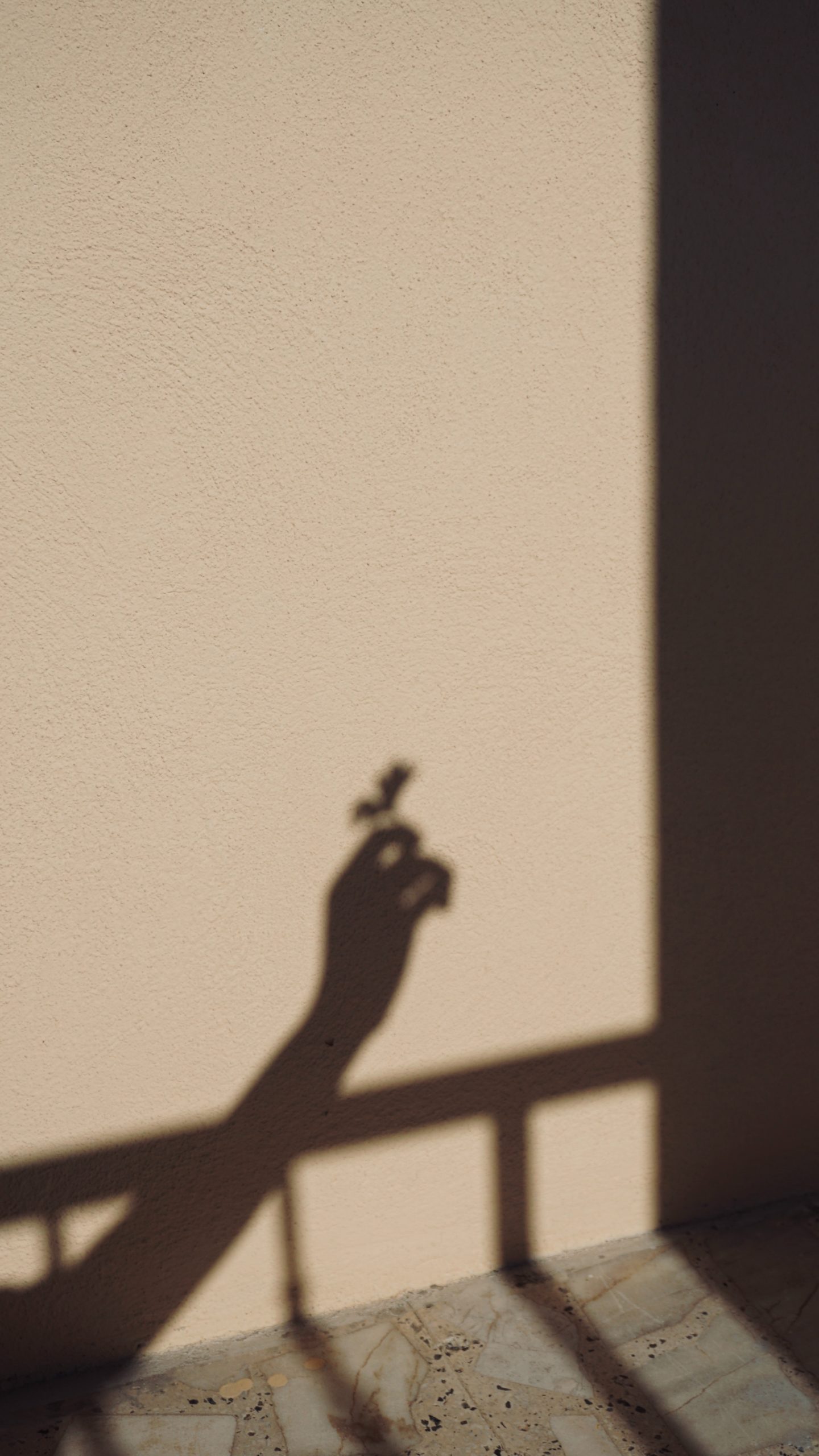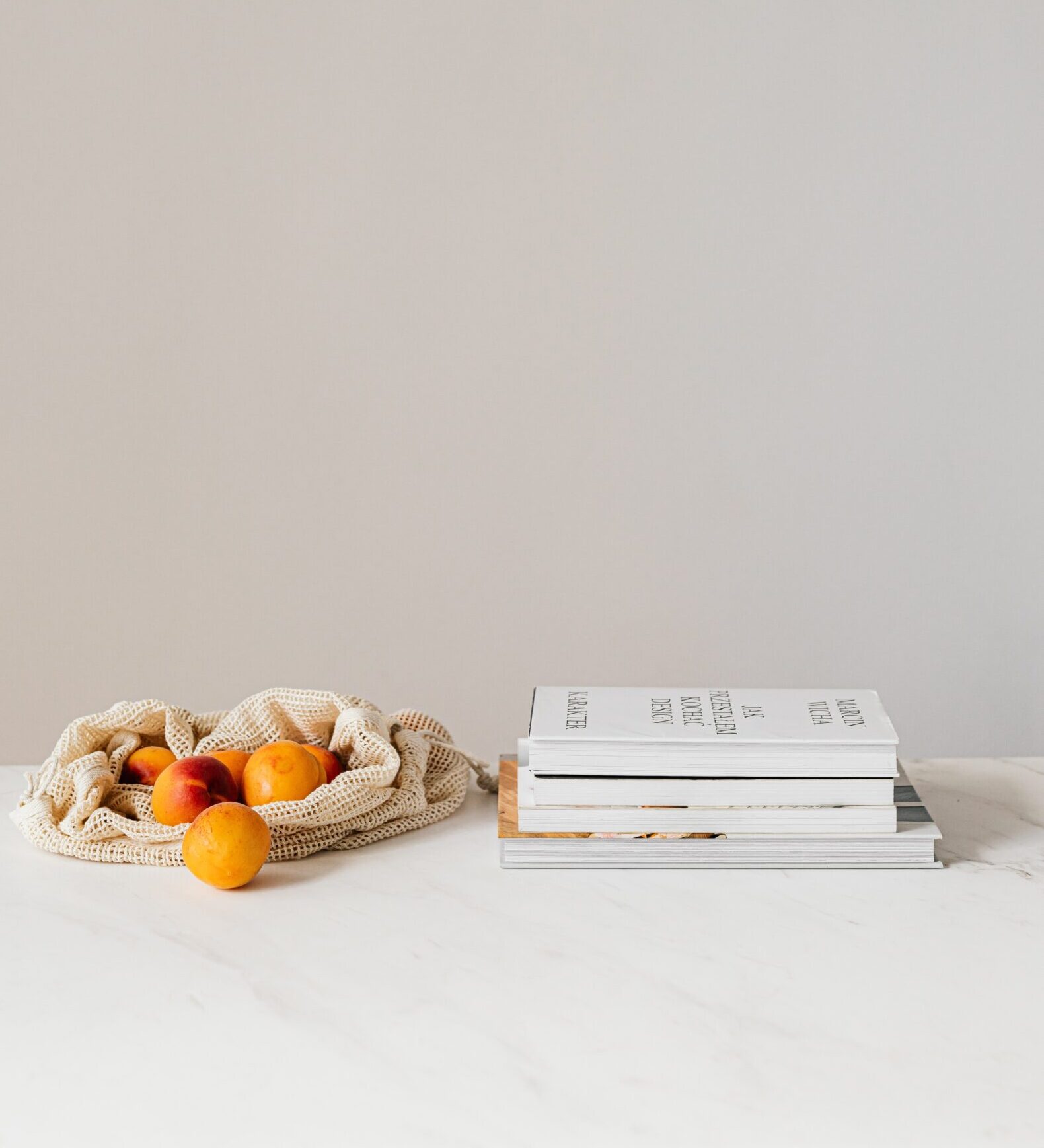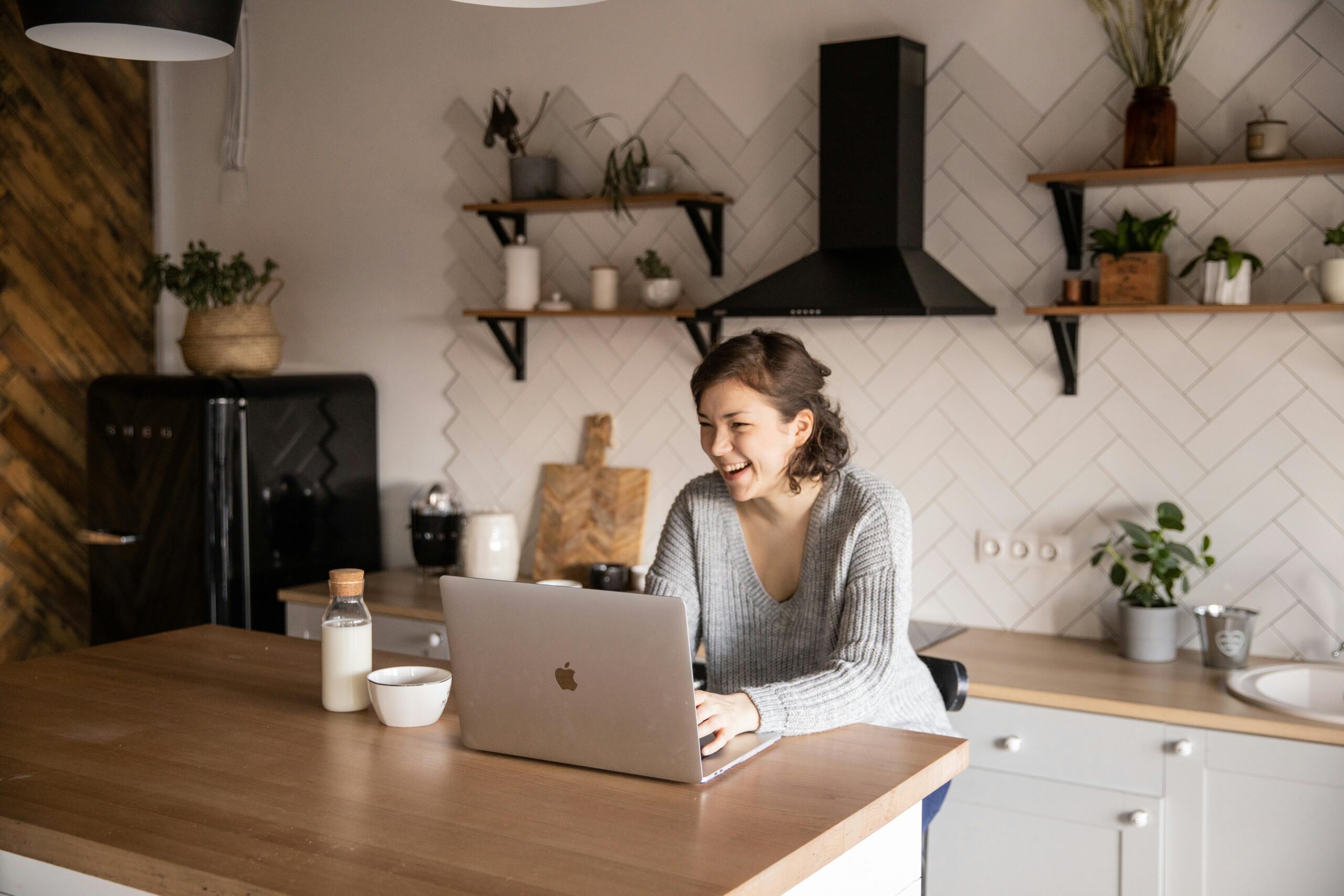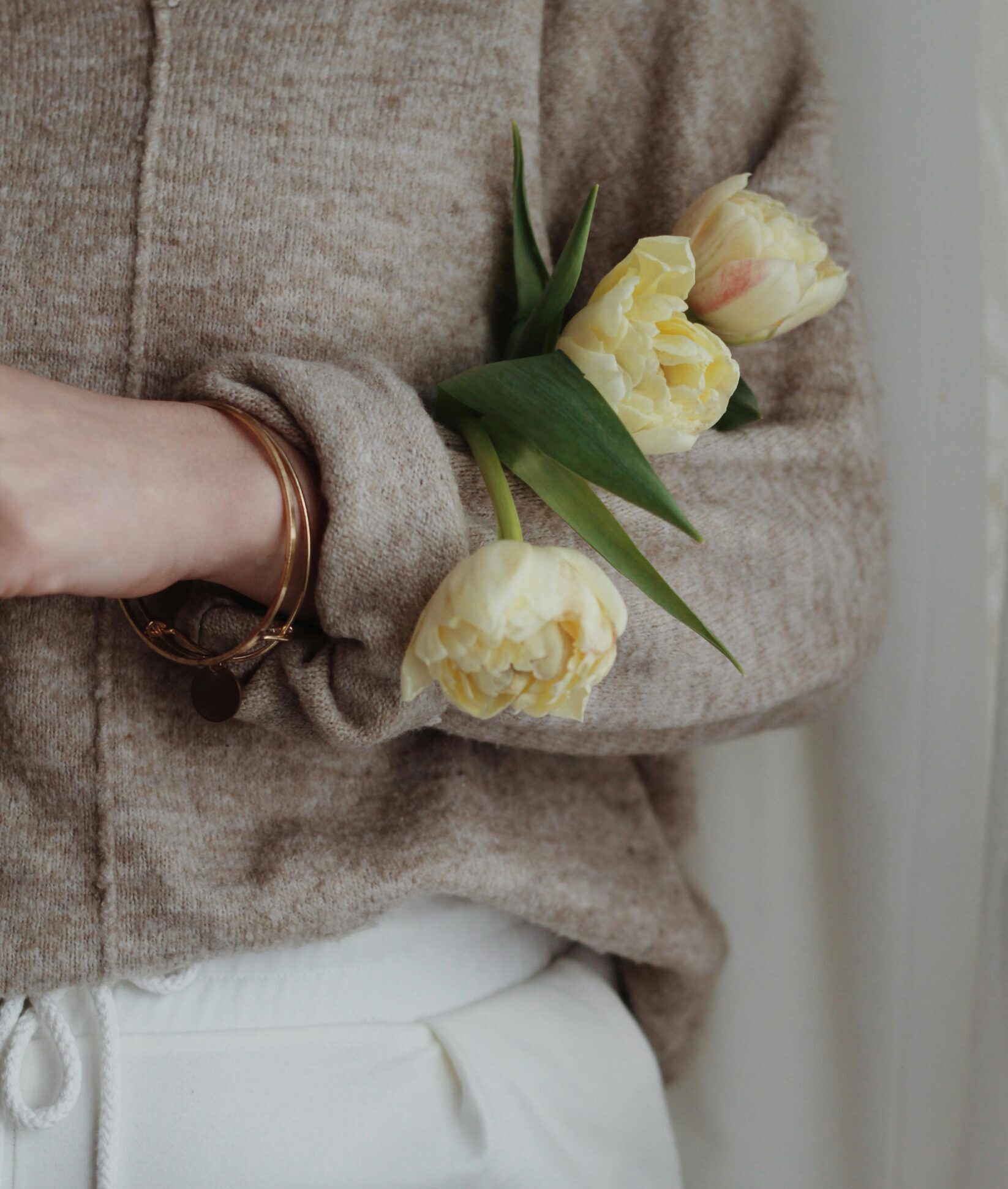
Most people will experience a grieving process on their journey towards body acceptance. A powerful and necessary step that allows you to let go and grieve unrealistic expectations of what your body ‘should’ look like. Here are the five stages of body grief and some thoughts on how to navigate them.
Body Acceptance: The Process Of Letting Go
POSTED IN:
Body Acceptance and The Process Of Letting Go
Most people will experience a grieving process on their journey towards body acceptance. A powerful and necessary step that allows you to let go and grieve unrealistic expectations of what your body ‘should’ look like.
Through body image grief work, we can start to let go of the fantasy version of ourselves that has led to destructive behaviours and punishing cycles. And by understanding the stages of body grief, we can feel comforted as we continue through the healing process.
It is important to remember that body grief is not always a linear process. It is very normal to move back and forth through the various stages. Keep in mind that your experience of your body is your own and so is your recovery journey. There is no one way to heal.
The 5 Stages Of Body Grief
1. Body Denial
The denial phase tends to be when we haven’t entirely accepted the journey to body acceptance. At this point, we typically deny what it would take and what you would sacrifice, in order to maintain the body you know you need to let go of. It may feel as though there is no real urgency, even though you’ve decided it’s time for a change.
At the denial phase, it’s important to protect yourself from external triggers and to create a protective non-diet bubble around yourself. Think about who you’re surrounding yourself with, the media you are tuning into, the people you are spending time with. Surrounding yourself with people and messaging that support your healing journey, can make all the difference.
2. Body Anger
Anger is often perceived as a negative emotion, making us feel ‘wrong’ for experiencing it. However, like any emotion, anger is entirely valid and should not be ignored.
This stage of the body grief process can be supported by redirecting our anger. Directing anger towards yourself will not be helpful, however in some ways it could feel empowering to get angry at diet culture.
The main thing in the anger phase is to be as kind and patient with yourself as possible. And to remind yourself that it’s not your fault – you have been subjected to diet and fitness culture throughout your entire life. You are healing.
3. Body Bargaining
We often find new reasons to engage in restrictive behaviours at the bargaining stage. We find reasons that feel ‘right’ because they differ from those we had before. This, for example, might be something like ‘I just feel I have more energy at a smaller size’.
Many years before working as an eating disorder specialist, I went through recovery myself. For me, the bargaining stage was a slippery road into an entirely new eating disorder. At this point, I had convinced myself that spending all my time building muscle and overexercising was different to restricting my food intake (it wasn’t). I quickly shifted from anorexia to orthorexia. Diet culture was ready and waiting to accept me into the world of bodybuilding and disordered eating. My eating disorder was happy to believe that ‘I can let go of that smaller body but only if I focus on a restricted sculpted body’. Rather than true recovery, this led me straight back into an eating disorder that left me feeling trapped.
It can be so helpful no matter where you are in your body acceptance journey to ask yourself the question – ‘is what I am doing taking me towards true healing, or am I bargaining with my recovery?’ Remember, it’s always okay whatever that answer is; the bargaining stage is part of the process.
Is what I am doing taking me towards true healing, or am I bargaining with my recovery?
4. Body Depression
At the depression stage, we can feel as though there has been a loss. It can feel like all the hopes, dreams and fantasies you had about living in this dream body is now off-limits. The thought that ‘I can only be happy in a smaller body’ feels depressing and dark.
At this time, it is essential to allow yourself to look deeper at your underlying beliefs, as well as your identity. The question ‘who am I’ becomes mighty and will enable us to start connecting with the idea of acceptance.
Underlying beliefs: Ask yourself what it is you want to be able to do in a smaller body. Then ask yourself why you wouldn’t be able to do that in your healthy body. The answer to this question helps us see what is limiting you, allowing you to work on it. Every reason given to that second question is a limiting internal belief; it comes from you. And it’s heavily influenced by our external world.
Identity: Ask yourself, what do you bring to this world? What makes you who you are? This is about remembering that you are so much more than a body. And the world needs you and all the unique qualities you bring.
5. Body Acceptance
Body acceptance does happen and can happen for you. And a lot of the acceptance phase happens once you have begun eating intuitively and moving intuitively. When you are being kind to your body and embracing yourself. When you have worked through those limiting beliefs and have allowed yourself to grieve the desired body that wasn’t serving you.
Rather than acceptance being a final stage, it’s important to know that your relationship with your body continues. Sometimes you may fall out of acceptance and will have to continue the work. This is normal and doesn’t mean you are failing. Be aware that it’s okay to fall in and out of these stages and most importantly be gentle with yourself in the process.
Final Thoughts On Body Acceptance
You are already taking a powerful step on your body image healing journey if you’re reading this. I encourage you to find just one small goal that you can work on right now, remembering you don’t have to achieve body acceptance overnight. Take things one small step at a time. One day at a time.
If you’re in recovery and are working on body image healing, don’t forget to sign up to our free resource library, where you can access our body image workbook full of journal prompts to support you.
© Natural Food Therapy 2021 ™ | all rights reserved | privacy policy








